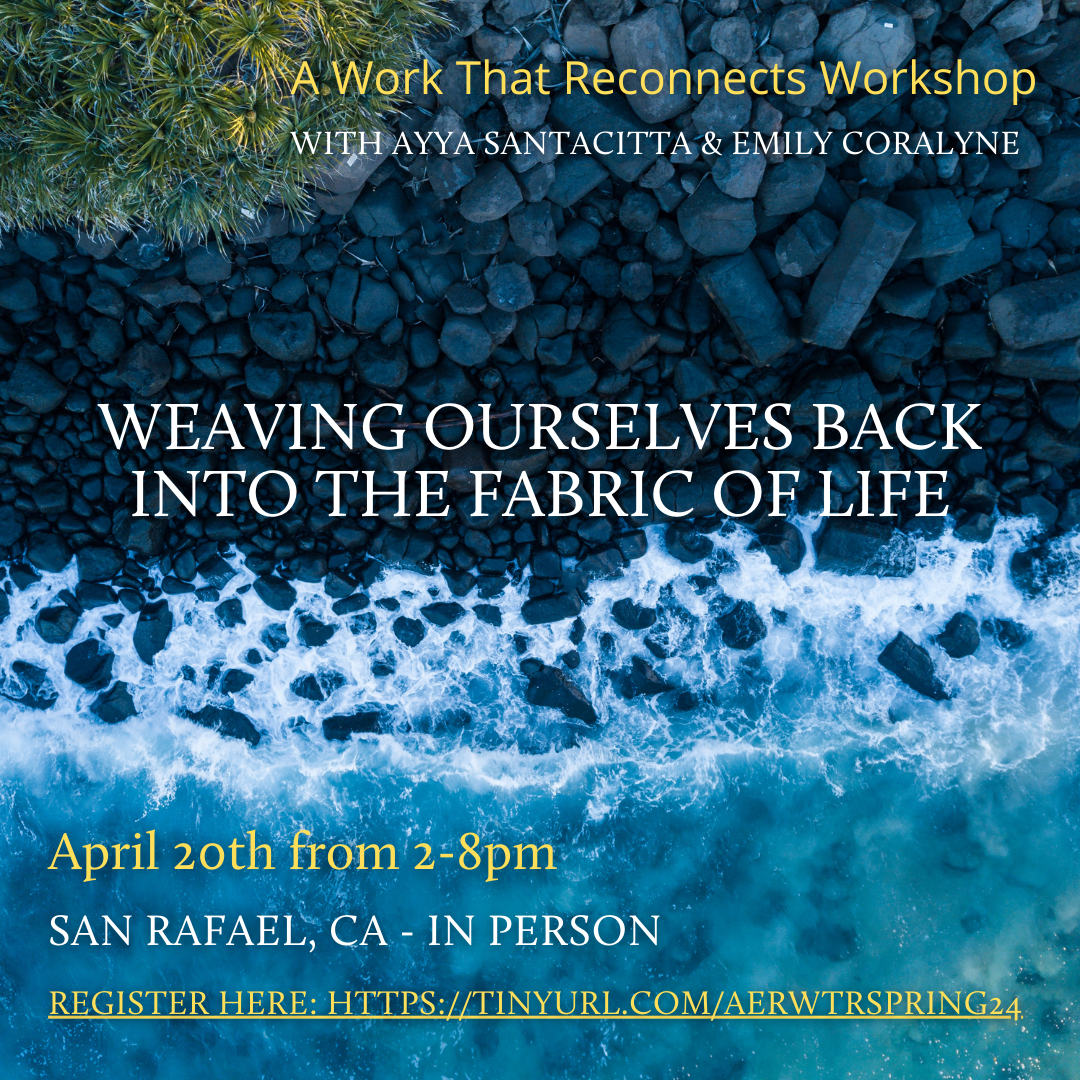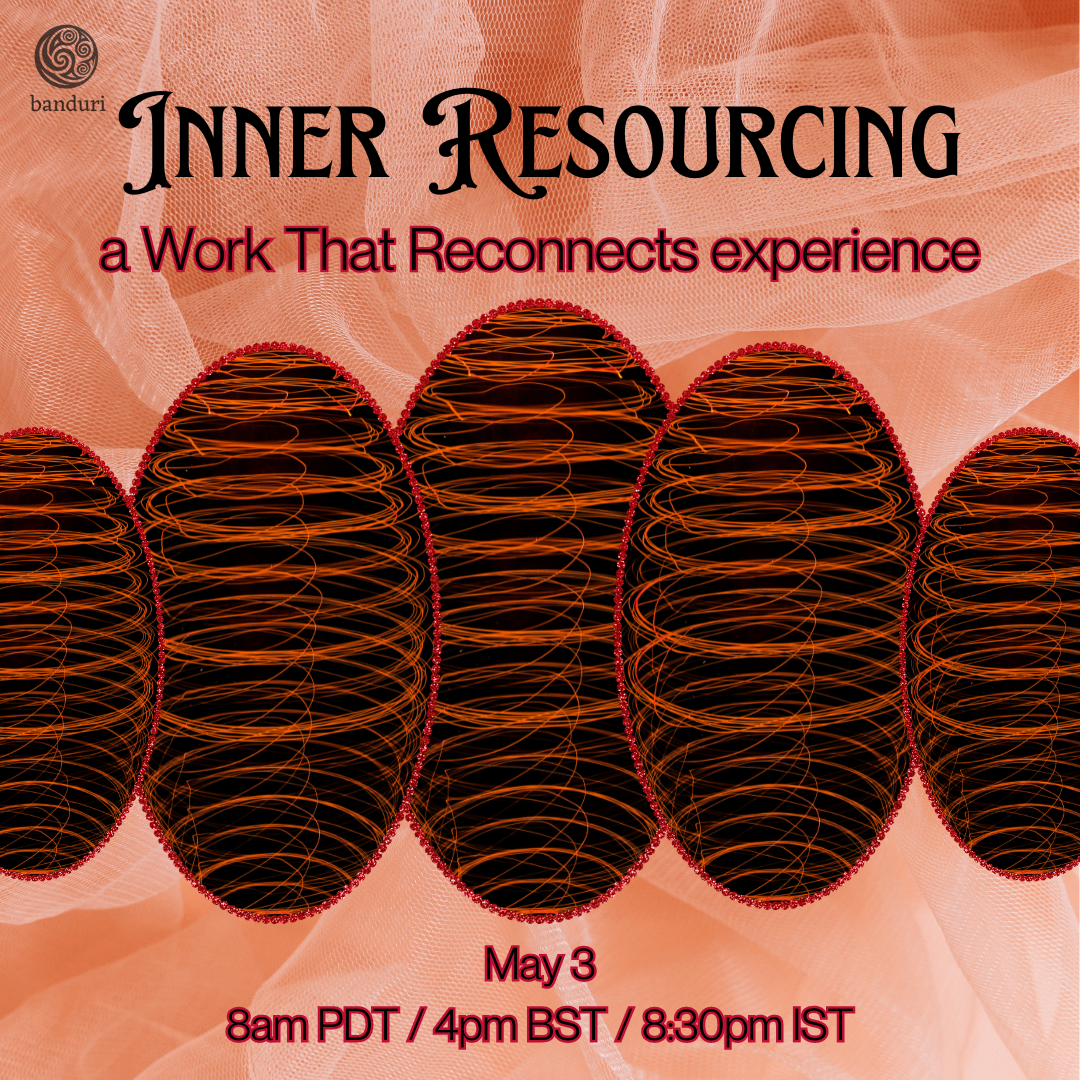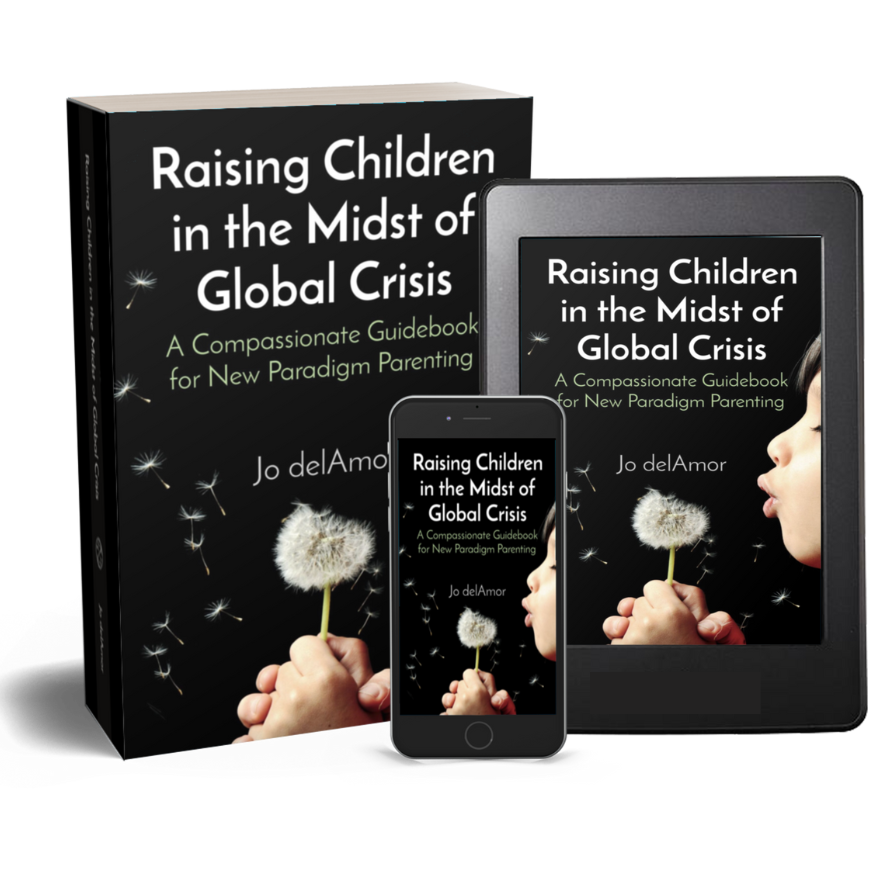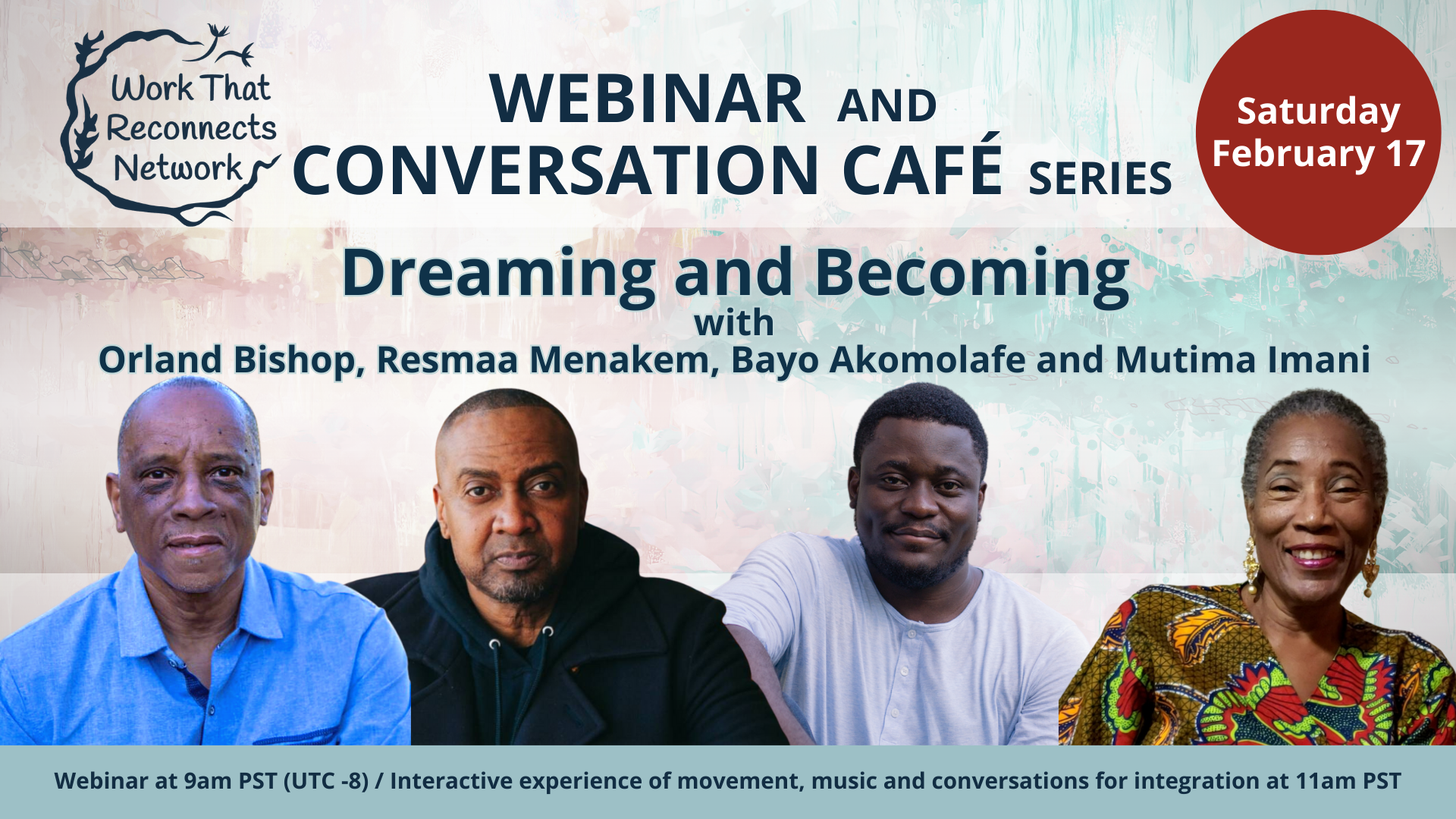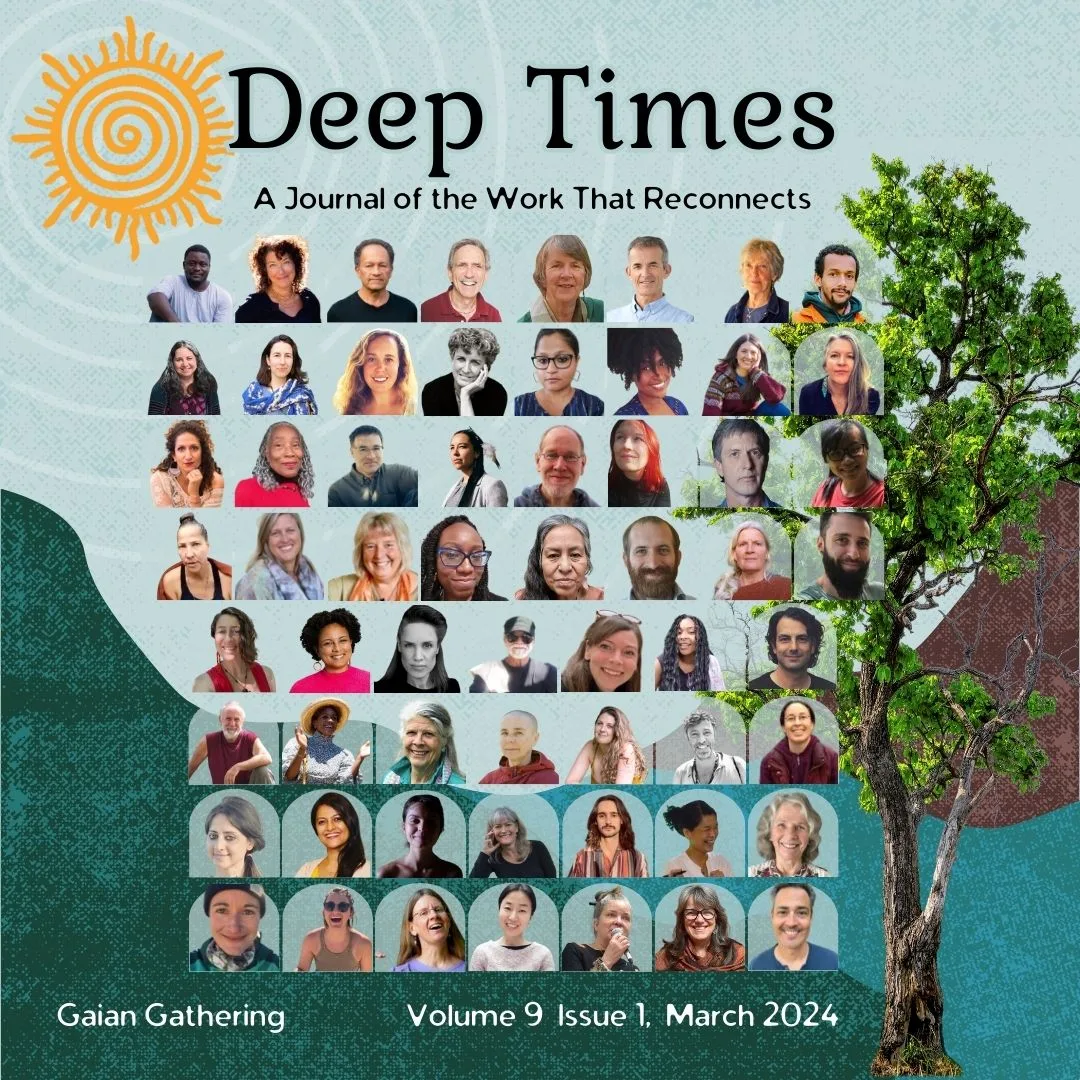- Foundational Material
- Honoring Our Pain
- Emerging Facilitators
- Facilitators
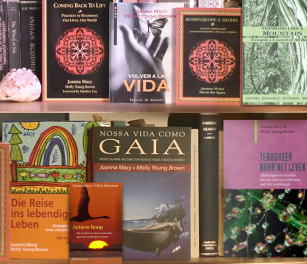
Introduction to Honoring Our Pain for the World
from chapter 7 of Coming Back to Life by Joanna Macy and Molly Brown; second edition, published 2014. Please acknowledge the source when sharing this content.
In this stage of the Spiral of the Work That Reconnects, this is what we do. We bring to awareness our inner responses to the suffering of our fellow-beings and the destruction of the natural world—responses that include dread, rage, sorrow, and guilt. These feelings are healthy and inevitable—and usually blocked for all the reasons explored in Chapter 2 of Coming Back to Life, including the fear of getting permanently mired in despair. Now they are allowed to surface without shame or apology.
Note the term “allowed to surface.” We do NOT try to inspire or instill these feelings in people, for compassion – the capacity to suffer-with – already flows in us, like an underground river. All we do here is help that river come to the light of day, where its currents mingle and gain momentum. We need not scold or manipulate people into what we think they “should” be feeling if they were moral or noble; we simply help each other uncover what is already there. Only honesty is needed. Then we discover, as Thich Nhat Hanh has also said, “the pain and the joy are one.”
Fear of so-called negative thinking causes some people to resist this aspect of the Work That Reconnects, for fear of reinforcing negativity and making things worse. This concern usually comes from a misunderstanding of the New Age adage, “We create our own reality,” and it results in a reluctance to see what is actually going on. It is a kind of magical thinking that cuts off the feedback necessary to the system’s healing.
This stage of the Work That Reconnects involves the following steps:
- acknowledging our pain for the world
- validating it as a wholesome response
- letting ourselves experience this pain
- feeling okay about expressing it to others
- recognizing how widely it is shared by others
- understanding that it springs from our caring and connectedness
In almost every workshop, after the first practice in which people are expressing their pain for the world, Joanna makes the following observation in a strong, measured, and matter-of-fact tone of voice.
I want to call your attention to what is happening here. Please observe how far the concerns you’ve just shared extend beyond your personal ego, beyond your individual needs and wants. This says something very important about who and what you are. It says you are capable of suffering with your world. That capacity to suffer-with is the literal meaning of compassion, a central virtue in every spiritual tradition. It says you are a compassionate being. Another word for that, in Buddhism, is bodhisattva.
So don’t you apologize for the tears you shed or the rage you feel about what’s happening to other beings and to our living world. Your tears and your rage are just the other face of your belonging.
Of course these are Joanna’s words. You will find your own way of linking our pain for the world to our mutual belonging—a great liberating secret of the Work That Reconnects.
“Let this darkness be a bell tower and you the bell. As you ring, what batters you becomes your strength.”
– Rainer Maria Rilke
Facilitating Practices for Honoring Our Pain for the World
Before leading these practices, be sure you are quite familiar with the teachings in Chapter 2 and 3 of Coming Back to Life, and understand how important it is that these practices be used within the context and sequence of the Spiral as outlined in Chapter 4 of Coming Back to Life.
Quoted passages in these practices are included for illustrative purposes only. Reading them like a script sounds artificial, even boring. It can distance you from the participants, making it hard for you to respond to the needs of the moment.
In preparing to lead a practice, read the instructions and quoted versions over several times to get a good feel for its structure and tenor. Translate them into your own words and images. Mentally, or on a slip of paper, record the main points and key phrases you want to use. Practice until you feel comfortable and authentic.

